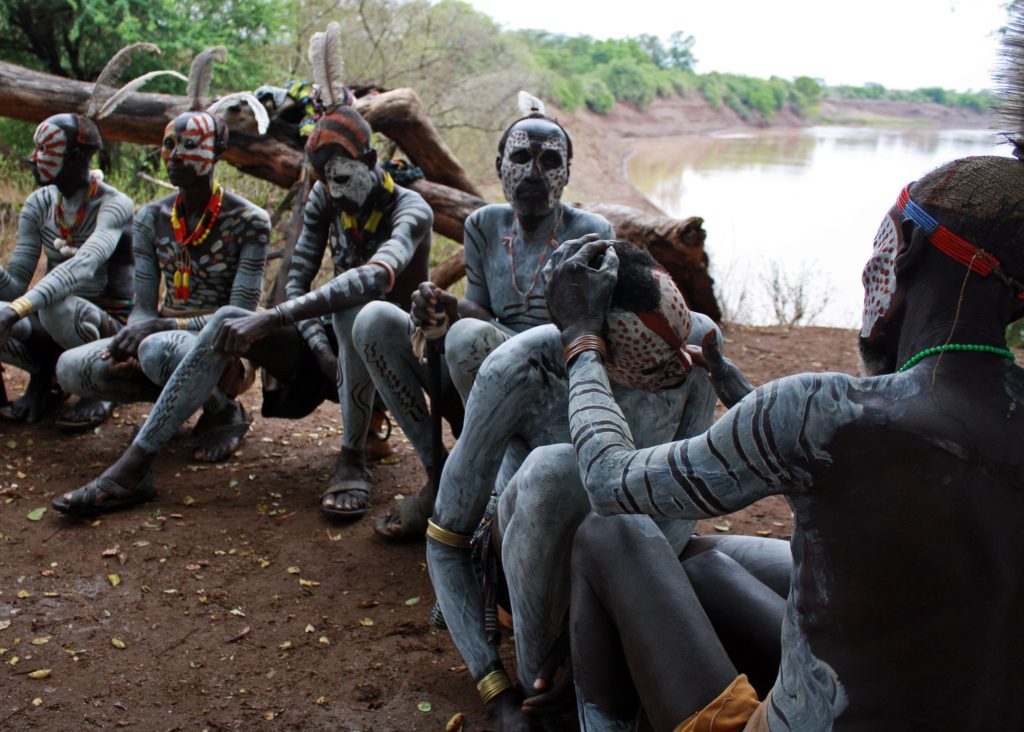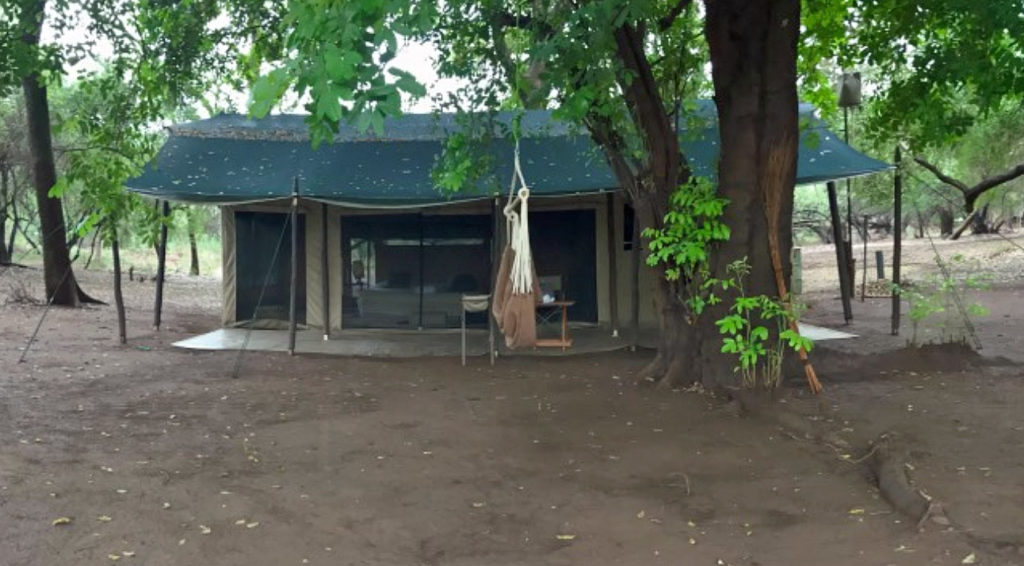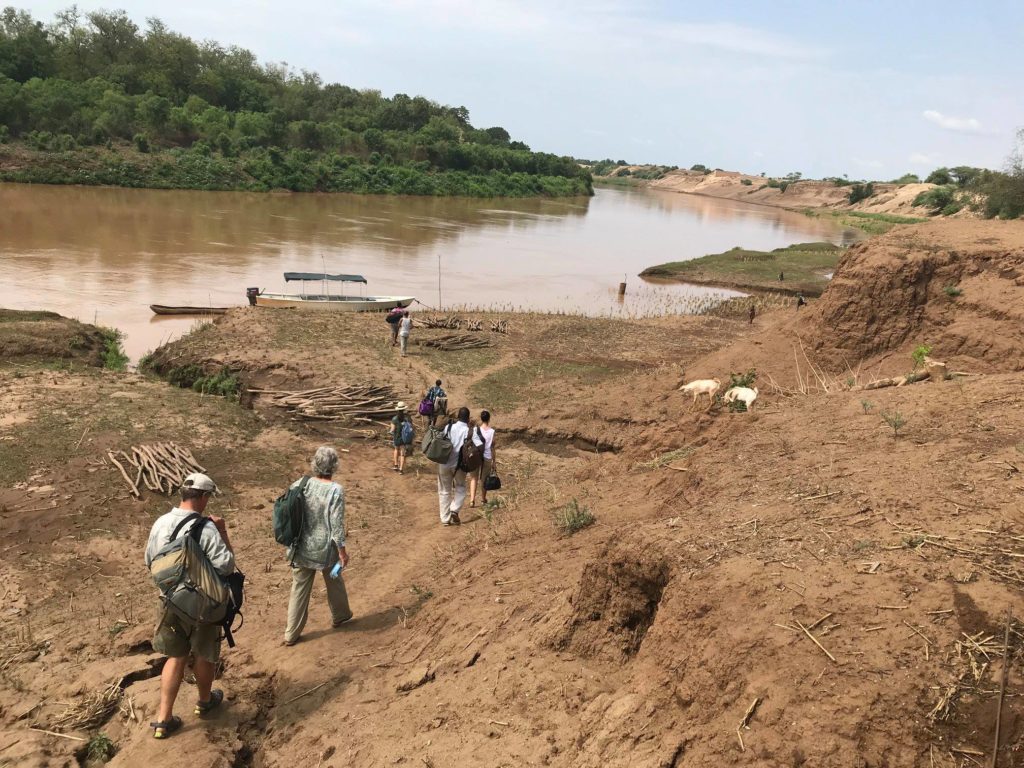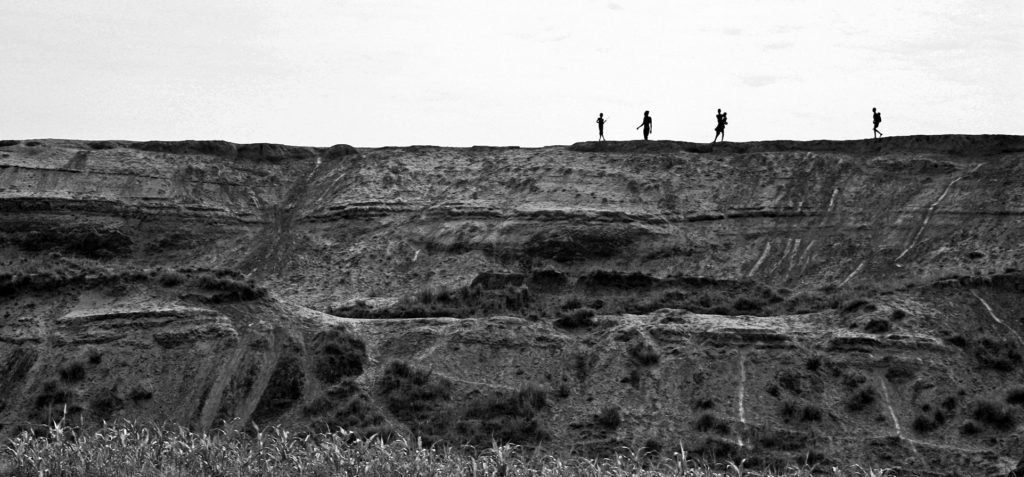Ethiopia has become a bucket list destination in recent years and is a dream destination for photographers. Addis Ababa has a great vibe, the Simien Mountains are breathtaking, the Danakil Depression may be one of the most other-worldly looking places on the planet and the medieval monolithic cave churches of Lalibela cannot be missed. The points of interest ‘hit list’ continues on, but I’d argue that none are more interesting or unique than the Omo Valley. The Omo is home to a handful of distinct tribes still practicing a way of life and culture almost entirely untouched by the Western world.
Following years of political instability (some of which continues today in the remote north), the floodgates opened and Ethiopia became a hot travel destination. With this, tour companies both big and small invaded the Omo and these seldom visited tribes began seeing Western travelers on a daily basis. With a lack of suitable accommodations by western standards – travelers are rushed in, taken from point to point where a rate is agreed upon for entry into a village for photos, and then rushed out again.
The end result for the more intrepid traveler staying a few nights in 2* accommodations is that they are now greeted with an outstretched hand demanding “Birr, Birr!” (the national currency) or for those that have now learned a little English – “pay me money, take my photo”. The authentic interaction, genuine interest in learning about other cultures, and overall experience had been cheapened and destroyed for some quick and interesting photos. As some locals became emboldened and some ill-mannered tourists had some negative exchanges, a few companies try their best to shield guests from the transactional nature of such tours associated with a sudden influx of travelers. It’s only a band-aid on a major wound to continue operations.
So…where do we go from here?
A few forward-thinking individuals picked up on the problem that had been created and sought to find a solution. I was fortunate enough to be one of the first to experience the concept in practice.
Fixing the damage that had been done in the more visited region of the Omo Valley seemed insurmountable and a pioneering spirit took hold. ‘Let’s go further, let’s go deeper where no one else has or can visit’. Accessible only by light aircraft outside of the rainy season, a base camp was established in the furthest southern reaches of the Omo within the Kara tribe community. From here, relationships were established with never before visited villages of several other tribes. Those meaningful relationships were kept insulated from outside influence or interactions by sheer inaccessibility, as the base camp housed the only boat with a motor in the Southern Omo.
The results were astounding. Our simple, but the comfortable tented base camp was perched on the banks of the Omo River and centrally located between several other tribes leaving our daily options wide open.
We spent the two days with the Kara and were able to walk freely day and night amongst them with nothing scripted or pre-planned; learning about their culture, struggles, and day to day life with an interpreter on hand (one of the very few in the country that had learned English in addition to each of these other tribal dialects). The Kara is well known for their ornate body painting and being able to witness this firsthand as they decorated one another with great care was a highlight of my time at our base camp.
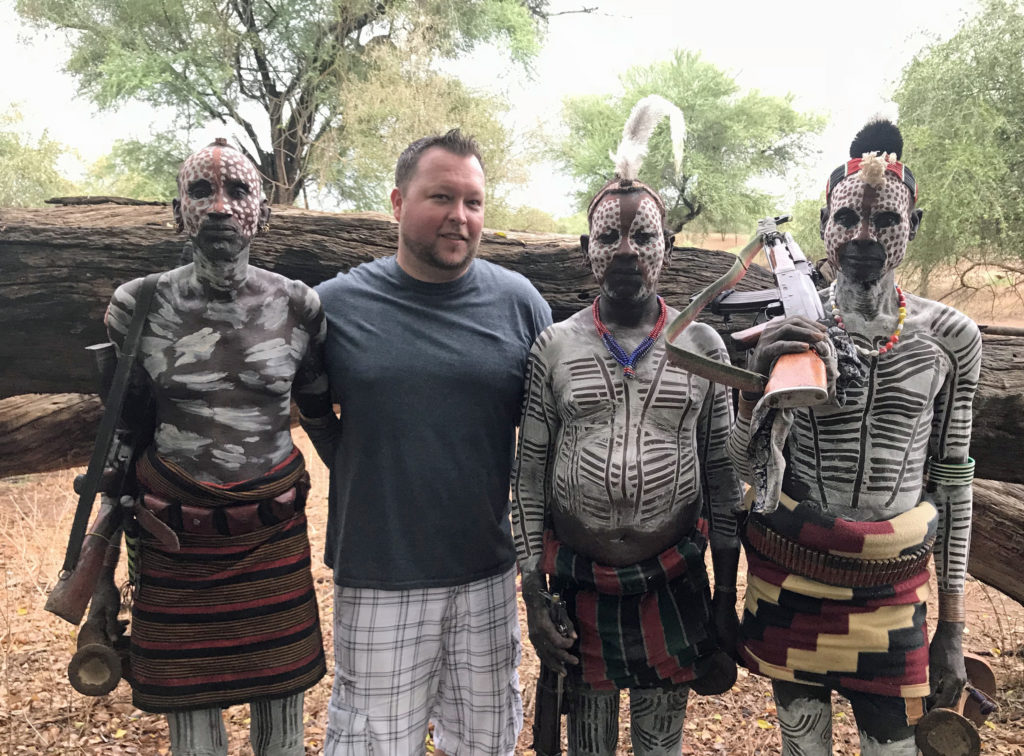
The next few days were spent with the Hamar people and it became more clear than ever that nothing was scripted. While accepting of our presence, the encounters were a bit awkward with no one quite sure how to interact with the other as these visits were a first for everyone. In addition to learning about the importance of their cattle, we settled on a few lengthy discussions about their appearance which they consider to be of great importance as they adorn themselves with iron rings, intricate beadwork, and hair carefully twisted into dreads and dyed with goat fat and red ochre. By our second visit, everyone had warmed up to one another a bit. We decided to fly-camp in a dry riverbed one evening and realized that we had forgotten matches back at camp (2 hours away) as two young men came by to curiously look at our open-air tents. Our interpreter explained our predicament and they quickly got to work making a fire by hand for us. As a thank you, they happily accepted a bar of soap which was carried back to their village with excitement.
Towards the second half of the trip, we visited with the Mursi tribe who had come down from the highlands to spend some time with these strange new visitors to the region. Unfortunately, our interpreter caught a stomach bug and was largely out of commission. We tried our best to make do that first evening, huddled around a small fire in otherwise pitch-black darkness, and before turning in we exchanged words through sound. One of our guides would make the sound of an elephant trumpet and they would respond with what they called that animal in their language, we would respond by saying ‘ell-e-font’. With no interpreter, the following morning was again a little uncomfortable. I was determined to break through and snapped a stick off a nearby tree which garnered the attention of every single Mursi member. I knew that missionaries had been through many years ago and attempted to teach some English before continuing onward. I began to draw the alphabet in the sand which their Chief, named Ulla Tulla quickly recognized. I could see the excitement in his eyes. We spent the next hour or so reciting the alphabet together in the sand as members of the tribe argued over who would get to try next. The ice had been broken and this led to spelling their names, drawing a map of Africa, and identifying where Ethiopia and the Omo are located. By the afternoon our interpreter was feeling a bit better and with wide-open communications, we all became fast friends.
Departing from there we made our way down to the blurred borders of Ethiopia, South Sudan and Kenya to visit the Daasanach which I’ll save for another time. As raw and powerful as each of the interactions described here were; the Daasanach warrant an entire story of their own.
Returning to the city of Addis and my 5* hotel, I appreciated the 1,000 thread count linens and other wonderful amenities that such properties afford; but I knew that where I just came from was something truly special and its own version of luxury which I’d now redefine as – “experiencing something that not everyone has access to.”
I came to learn that the next guest visiting the Omo with the same team and base camp was a high-profile male American fashion designer (hint: think jeans and cologne) and an international household name. My thoughts on redefining luxury were immediately confirmed.
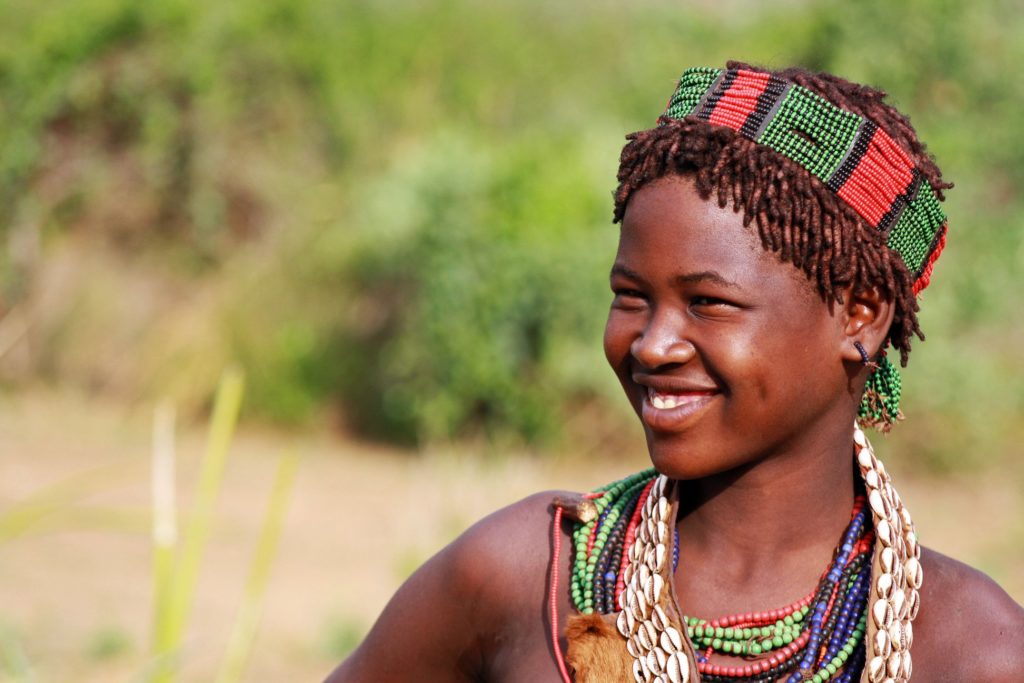
Every destination is different and the same is true for individual travel preferences. It all needs to be carefully considered by an expert when designing a travel experience. What is your interpretation of luxury? Perhaps it is a stunning boutique property in Patagonia, a big resort with a plethora of activities and amenities in Dubai, or maybe just basic tented accommodations in the Himalayan Mountains to track snow leopards. Let’s discuss your next adventure and find your ‘luxury’ together.



